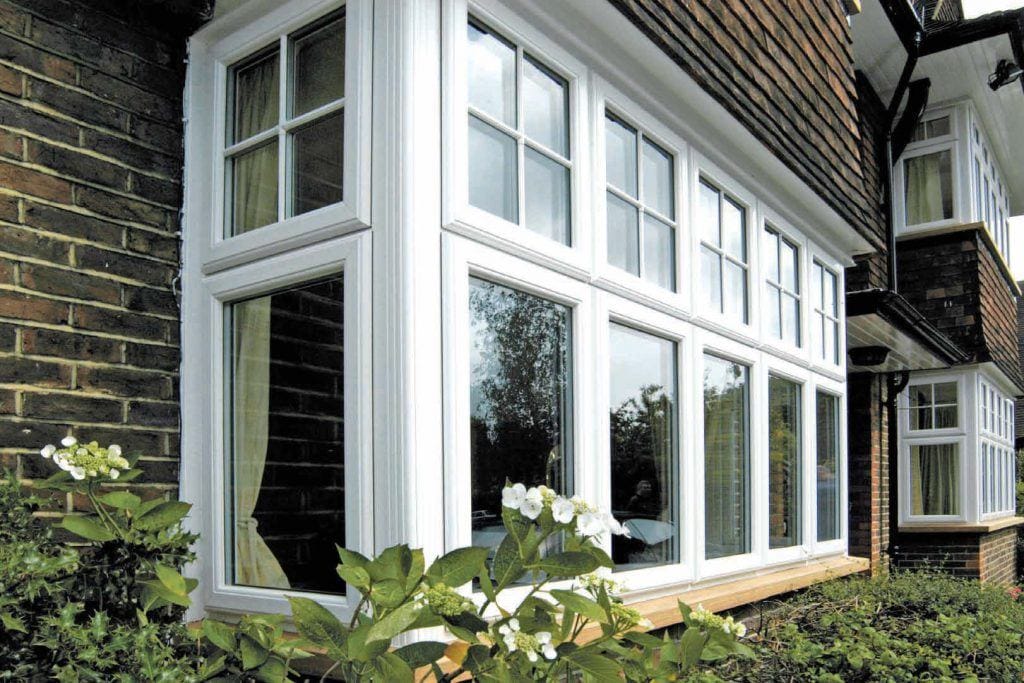Glass balustrades have become increasingly popular in modern architecture, serving both functional and aesthetic purposes. This observational research article explores the prevalent use of Glass Balustrades - i was reading this, in residential and commercial buildings, examining their design, safety features, and the psychological effects they impart on users and viewers.

Introduction
Glass balustrades are transparent barriers made primarily from tempered or laminated glass, often used to provide safety on staircases, balconies, and terraces. Their rise in popularity can be attributed to their sleek appearance and the ability to create an illusion of space and openness. This observational study focuses on various settings where glass balustrades are used, analyzing their visual impact, safety implications, and user perceptions.
Aesthetic Appeal
One of the most striking features of glass balustrades is their aesthetic appeal. In urban settings, glass balustrades contribute to a modern and sophisticated look. They allow for unobstructed views, making spaces feel larger and more connected to the outdoors. Observations in various residential and commercial properties reveal that architects and designers favor glass balustrades for their ability to blend seamlessly with different architectural styles.
In residential settings, glass balustrades are often utilized in outdoor spaces, such as decks and patios. Homeowners appreciate how glass balustrades can enhance the view of gardens or landscapes while providing safety. In high-rise buildings, glass balustrades on balconies not only serve as a protective barrier but also allow occupants to enjoy panoramic views of the city skyline.
Safety Features
While the aesthetic advantages of glass balustrades are significant, safety remains a paramount concern. Observations indicate that many property owners and builders prioritize safety features when installing glass balustrades. The glass used must meet specific safety standards, ensuring it can withstand impact and resist breakage. Tempered glass, which is treated with heat to increase its strength, is commonly used in balustrades.
Additionally, the installation of glass balustrades is subject to building codes and regulations that dictate height, thickness, and structural integrity. Many jurisdictions require a minimum height for balustrades to prevent falls, especially in residential buildings where children may be present. On-site inspections often reveal that compliance with these regulations is taken seriously, with builders frequently opting for thicker glass panels to enhance safety.
Psychological Effects
The psychological impact of glass balustrades on individuals is another area of interest. Observations at various locations indicate that the presence of glass balustrades can influence feelings of safety and openness. In settings like shopping malls or public spaces, glass balustrades create a sense of transparency and accessibility, encouraging movement and interaction among visitors.
Conversely, in residential settings, the use of glass balustrades can evoke mixed emotions. While many homeowners appreciate the open feel they provide, others express concerns about privacy and security. Observational studies suggest that the placement of glass balustrades in areas visible from the street can lead to discomfort for some residents, prompting them to consider additional privacy measures, such as frosted glass or decorative elements.
Maintenance Considerations
Another aspect observed in the use of glass balustrades is maintenance. While glass is often perceived as a low-maintenance material, it requires regular cleaning to maintain its clarity and appearance. Observations indicate that many property owners underestimate the upkeep involved, leading to the accumulation of dirt, smudges, and fingerprints that can detract from the balustrade's aesthetic appeal.
In commercial settings, the maintenance of glass balustrades is often managed by professional cleaning services, ensuring that they remain in pristine condition. However, in residential applications, homeowners may struggle with the frequency and methods of cleaning. Observations reveal that some residents resort to using harsh chemicals or abrasive materials, which can damage the glass over time. This highlights the importance of educating homeowners about proper cleaning techniques to preserve the longevity of their glass balustrades.
Comparative Analysis with Other Materials
In comparing glass balustrades to traditional materials such as wood or metal, several advantages and disadvantages become apparent. Observational research shows that while wooden balustrades can provide warmth and a classic aesthetic, they are often subject to weathering and require regular maintenance. Metal balustrades, on the other hand, offer durability but can create a more enclosed feeling, which may not be desirable in all settings.
Glass balustrades stand out for their ability to create an open atmosphere while providing a modern touch. However, they can also be more expensive to install and maintain compared to traditional materials. Observations in various construction sites indicate that the upfront costs of glass balustrades can be a deterrent for some builders, particularly in budget-sensitive projects.
Conclusion
In conclusion, glass balustrades represent a fascinating intersection of design, safety, and psychology in modern architecture. Their aesthetic appeal and ability to create a sense of openness make them a popular choice among architects and homeowners alike. However, considerations regarding safety, maintenance, and privacy cannot be overlooked. As the trend of using glass balustrades continues to grow, ongoing observational research will be essential in understanding their impact on both individuals and the built environment. The balance between beauty and safety will remain a crucial aspect of their design and implementation, ensuring that glass balustrades continue to enhance spaces while providing necessary protection.


